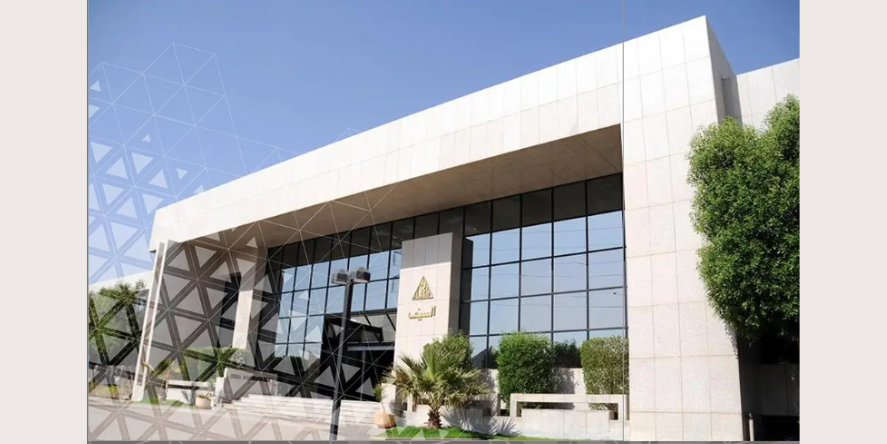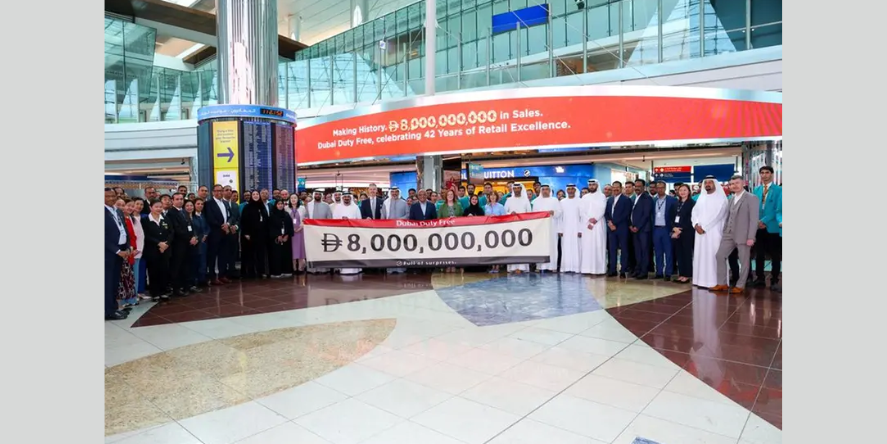The tourism industry in the Middle East and North Africa (MENA) region has been hit hard by the COVID-19 pandemic. However, recent forecasts and reports indicate that the region is on track for a strong recovery. As we move into 2024, there is hope and optimism about MENA tourism recovering from the pre-pandemic levels seen in 2019.
The fastest-recovering travel market in 2022
In 2022, the Middle East emerged as the fastest-recovering travel market globally. As per reports, the region’s tourism sector outperformed the Americas, Asia Pacific, and Europe, achieving nearly 86 percent of its 2019 levels. This impressive recovery continued in 2023 and is also expected in 2024, as highlighted by the Global Business Travel Association (GBTA). The GBTA’s annual forecast predicted that business travel in the Middle East and Africa will reach 86% of pre-pandemic levels in 2023, signalling a strong rebound in the region.
The HSBC’s August report stated that the Middle East has achieved a “total recovery” in terms of tourist arrivals in the first quarter of 2023. This milestone demonstrates the region’s ability to attract visitors and regain its position as a top tourist destination. In the first three months of 2023, the number of tourist arrivals in the Middle East increased by 15 percent compared to 2019 levels, showcasing the resilience and appeal of the region’s tourism offerings. According to the Airports Council International World, the Middle East’s air passenger traffic was about 96 percent of pre-COVID levels in 2023, handling an estimated 394 million travellers. This growth trajectory is expected to continue, with passenger volumes fully recovering in 2024, reaching a projected 400 million travelers, or about 105.4 percent of 2019 levels.
In Saudi Arabia, the travel and tourism industry’s contribution to the GDP is projected to reach nearly SAR 635 billion, representing 17 percent of the total economy, as per estimates. The forecast reveals that travel and tourism employment is also expected to double over the next 10 years leading to millions of jobs. These projections are part of the Vision 2030 plan laid out by the Saudi Arabian government.

Factors Driving MENA’s Tourism Recovery
One of the major determinants in the revival of MENA tourism has been the successful rollout of vaccination campaigns in key markets such as the UAE and Israel. The government has been actively working to vaccinate the population, and following stringent health protocols to provide a safer environment for locals and visitors alike. Additionally, a renewed focus on digital transformation played a pivotal role in attracting and engaging tourists. Advanced booking systems, virtual experiences, and seamless digital communication are enhancing the overall travel experience. Moreover, the number of foreign visitors visiting Saudi Arabia has seen quite an increase, with 5.8 million from the 2019 level. In 2023, during the time of Hajj, the Muslim pilgrimage to Mecca, the country welcomed a larger number of tourists. Because of the pandemic, the Mecca pilgrimage saw a huge decline in 2020–2022. But the number significantly increased to more than 200 percent last year. Few of the major destinations in the Middle East saw a strong rebound, where footfall doubled, especially Qatar, the host of the 2022 FIFA World Cup. Besides, the increased economic activity, driven by the rising price of crude oil, has fueled the recovery of the business travel sector, further boosting the overall tourism industry in the region.
Overcoming obstacles
Although the MENA region is on track for a strong recovery, there are still challenges that need to be addressed. The ongoing uncertainty surrounding the global economic environment, including inflation and energy prices, is posing quite a challenge. These factors can impact travel costs and consumer spending patterns, influencing the pace of recovery. Additionally, the conflict between Russia and Ukraine poses geopolitical risks that may affect travel patterns and international relations, potentially impacting the tourism industry in the MENA region. If we look at the positive outlook, countries are putting their best foot forward to leverage the opportunity of restructuring the MENA region as the most desired tourist destination across the world. From realising the importance of sustainable tourism to minimising the environmental impact of tourism, preserving the culture, and supporting local communities. The adoption of advanced technology such as digital health passes, contactless payment services, and online booking platforms has facilitated a safe and efficient travel experience. This improved operational efficiency in the tourism sector, playing a crucial role in recovering from the wrath of covid 19.

Towards the brighter side:
The road to recovery post-COVID seemed like an uphill task but wasn’t impossible. The growth in the tourism sector of the MENA region has shown just that. The gradual easing of travel restrictions, the acceleration of vaccination campaigns, and the surge in demand for travel are among the major factors fueling the region’s tourism recovery. As the region continues to overcome challenges posed by the pandemic, the implementation of effective strategies, digital transformation, diversification of offerings, collaborative efforts, and targeted marketing, will prove to be beneficial in long term. MENA region will continue to be the host of major events, conferences, summits, and exhibitions to showcase the region’s capabilities, which will attract international visitors and promote economic growth. With a renewed emphasis on safety, innovation, and sustainability, MENA is poised to welcome travelers back to its world-class hospitality, fascinating landscapes, and rich cultural heritage, restoring the vibrancy of its tourism sector to pre-2019 levels.
Blog by Madhulika Pandey











